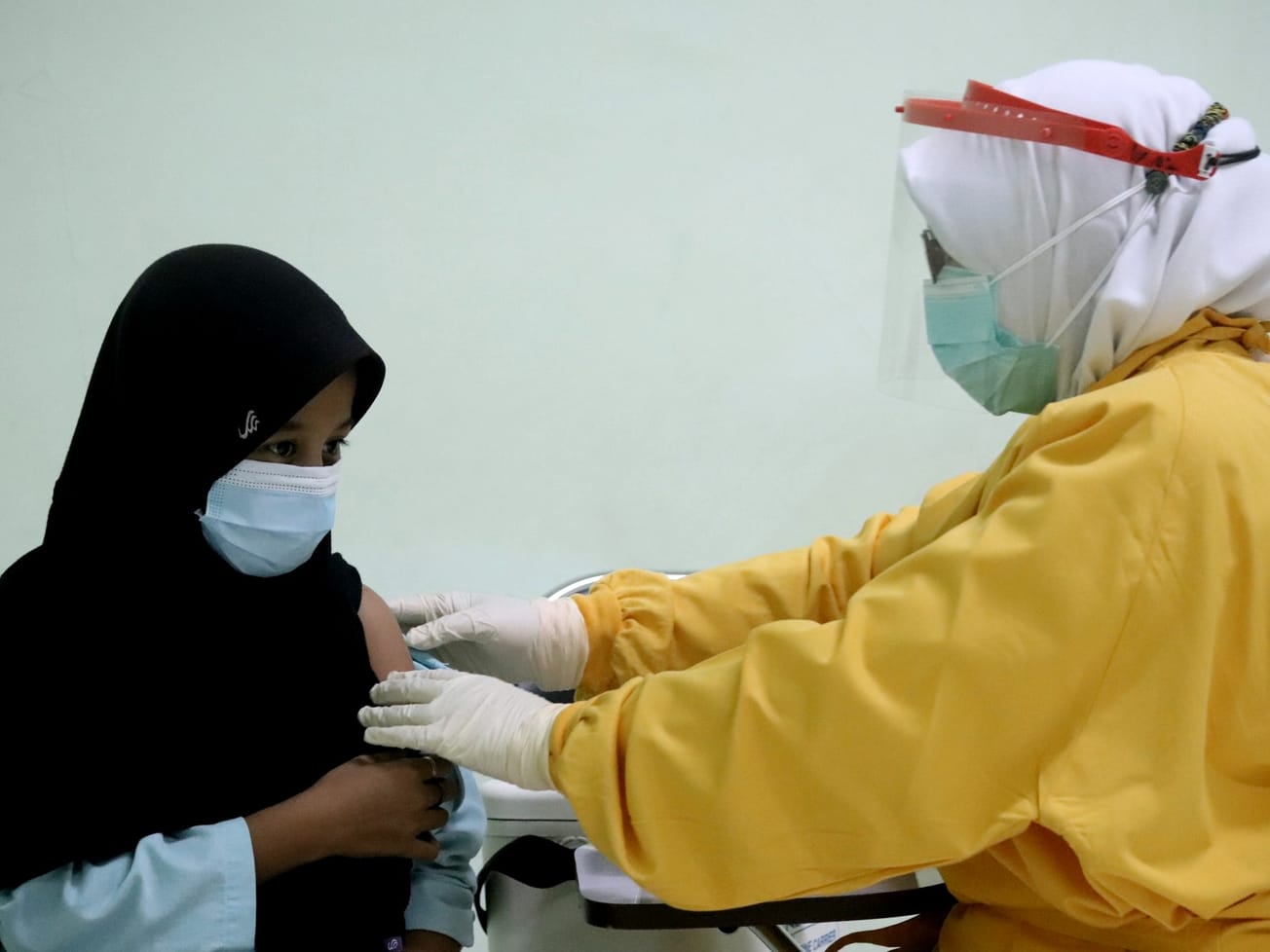GENEVA (AN) — A third of the world's children, far more than previously known, have elevated levels of lead in their blood that could lead to irreversible harm, UNICEF and anti-pollution campaigners Pure Earth reported on Thursday.
Research and data indicate up to 800 million children are exposed to lead by inhaling dust and fumes from used lead-acid battery recycling operations and open-air smelters; eating food contaminated by lead-glazed pottery and lead-infused spices; living in homes with peeling lead paint; or playing near lead-laced electronic waste dumps, the United Nations children's agency and Pure Earth concluded.







